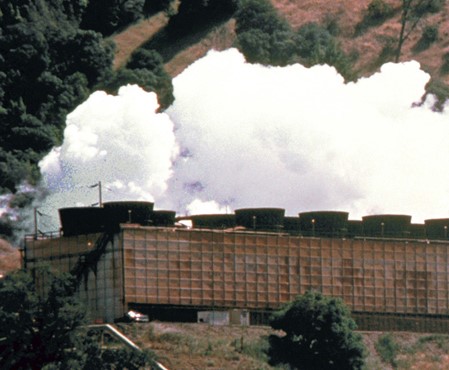Module 7: Cellular Respiration
Section outline
-

All cells require a constant supply of energy to do the work of life. Cells must carry out the tasks of building, moving, and maintaining order — and these tasks require energy. Cells use the hydrolysis (splitting) of ATP to drive almost all of the processes that require an input of energy. But how do cells replenish their supply of ATP? In this chapter, you will learn that cells use metabolic pathways that can efficiently transform the energy stored in the bonds of fuel molecules from the food we eat into energy stored in the bonds of ATP. In this chapter, we will see how the enzyme pathways of glycolysis, the oxidation of pyruvate and the citric acid cycle make it possible for cells to capture the energy released when chemical bonds of fuel molecules are broken. We will see that the cell will use this energy to drive the electron transport chain and the ATP synthase complex in the mitochondria to rebuild the cell’s supply of ATP molecules.
Image from Biology 2e from OpenStax, licensed under Creative Commons Attribution License v4.0 with the image credit: modification of work by the U.S. Department of Defense.
Upon completion of this module, you will be able to:
- Discuss the importance of electrons in the transfer of energy in living systems (C.O. 5)
- Explain how cells use ATP as an energy source. (C.O. 5)
- Identify the net result of the chemical breakdown of glucose by glycolysis in terms of molecules produced. (C.O. 5)
- Compare the energy input and output of glycolysis in terms of the numbers of ATP used and produced. (C.O. 5)
- Explain how a circular pathway, such as the citric acid cycle, fundamentally differs from a linear biochemical pathway, such as glycolysis. (C.O. 5)
- Identify the steps and products of the oxidation of pyruvate to acetyl CoA. (C.O. 5)
- Describe how electrons move through the electron transport chain and explain what happens to their energy levels during this process.
- Explain how a proton (H+) gradient is established and maintained by the electron transport chain. (C.O. 5)
- Explain how the flow of hydrogen protons through the ATP synthase complex drives the synthesis of ATP molecules in chemiosmosis. (C.O. 5)
- Discuss the fundamental difference between anaerobic cellular respiration and fermentation. (C.O. 5)
- Identify the type of fermentation that occurs in animal cells and the conditions that initiate that fermentation. (C.O. 5)
- Discuss the ways in which carbohydrate metabolic pathways, glycolysis, and the citric acid cycle interrelate with protein and lipid metabolic pathways. (C.O. 5)
- Explain why metabolic pathways are considered to be open systems. (C.O. 5)
- Describe how feedback inhibition would affect the production of an intermediate or product in a pathway. (C.O. 5)
- Identify the mechanism that controls the rate of the transport of electrons through the electron transport chain. (C.O. 5)
To achieve these objectives:
- Read the Module 7 Introduction
- Read and view the materials in the Module 7 Pressbooks book, embedded below by section for the chapter titled Cellular Respiration
- Complete the assignment and discussion forum post and response
This module's lab activity is included as well, to occur in the lab class. Slides are available to accompany the class lecture.
Module Pressbooks Resources and Activities
You will find the following resources and activities in this module at the Pressbooks website. Click on the links below to access or complete each item.
- Discuss the importance of electrons in the transfer of energy in living systems (C.O. 5)
Background Colour
Font Face
Font Kerning
Font Size
Image Visibility
Letter Spacing
Line Height
Link Highlight
Text Colour
